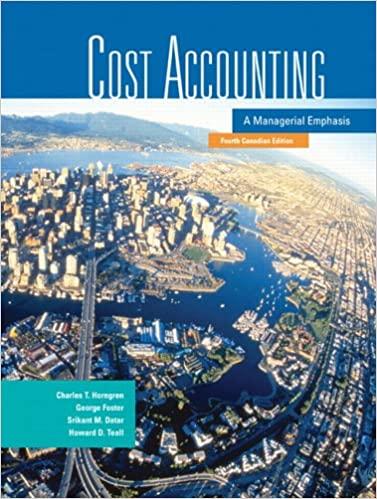7 Up using variances to read the market. The following is an excerpt from an article that...
Question:
7 Up using variances to read the market. The following is an excerpt from an article that appeared in a recent issue of a trade magazine:
Remember about 30 years back, when 7 Up began describing itself as the Uncola and ran those great commercials celebrating the “uncola nut”? And remember those cool upsidedown 7 Up glasses?
This, paradoxically, is part of 7 Up’s problem. As John $icher, editor of Beverage Digest explains, “7 Up is perceived today as something that appeals to an older generation, not as a hip, with-it brand.” Indeed, 7 Up’s own research shows that while the soft drink contin¬
ues to be popular with boomers who grew up on the Uncola campaign, its brand identity is barely a blip on the cultural radar oftoday’s 12- to 24-year-olds, the demographic segment that consumes the most soda. As a result, 7 Up’s market share has deteriorated throughout the ’90s, even though the share of the citrus-flavoured soda category—which includes 7 Up’s primary competitor, $prite—has increased during the same period.
In the ten years before the article, 7 Up’s market share had declined from 3.2% to 2.4%. Five years before the article, 7 Up held a 2.8% market share, compared to $prite’s 4.9%. ($prite is the category leader in the lemon-lime segment ofthe soft drink market.) 7 Up’s slide has been steady and consistent over the past ten years.
Required 1. In light of these comments, what variances should 7 Up management have been tracking over the past decade? What story would those variances have told?
2. What factors should you consider in evaluating 7 Up’s strategy in the last decade?
Step by Step Answer:

Cost Accounting A Managerial Emphasis
ISBN: 9780131971905
4th Canadian Edition
Authors: Charles T. Horngren, George Foster, Srikant M. Datar, Howard D. Teall





